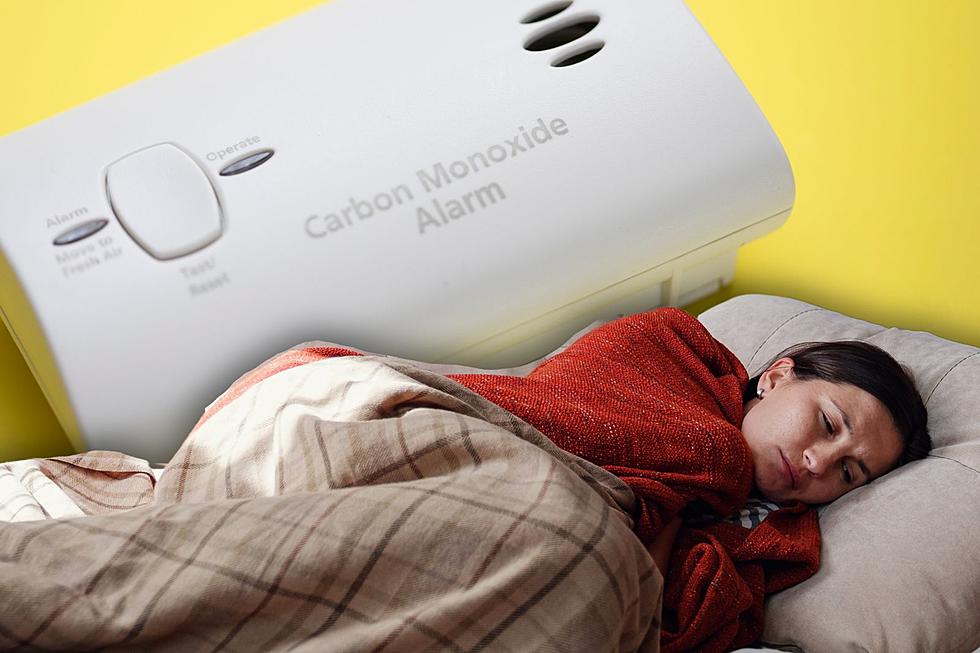
Simply Staying Warm Claims Dozens of Lives in Kentucky and Indiana Annually
A couple of weeks ago, our HVAC unit stopped heating properly. I reached out to my friends at Schwartz Heating & Cooling by scheduling a technician on their website. They sent someone first thing the next day who discovered a hole inside the unit that would have started leaking carbon monoxide in our house if it hadn't already. So scary!

Carbon Monoxide Poisoning Risks Rise in Winter
Their team was amazing and they had a new unit installed by the end of the day. With winter officially here in Kentucky, I was very grateful to everyone who helped us. We could have ended up in the emergency room, or worse! Unfortunately, carbon monoxide poisoning is most common in these cold months with people trying to keep warm. According to the CDC, Centers for Disease Control and Prevention,
"Every year, at least 420 people die in the U.S. from accidental CO poisoning. More than 100,000 people in the U.S. visit the emergency department each year due to accidental CO poisoning."
These dangers are preventable so long as you know what to look for and avoid. Carbon Monoxide gas has no color or odor, so it can be hard to detect until it's too late. Here are some ways to help keep you and your family safe for winter.
CDC Tips to Avoid Carbon Monoxide Poisoning
Check or change the batteries in your CO detector every six months. If you don’t have a battery-powered or battery back-up CO detector, buy one soon.
Have your heating system, water heater and any other gas, oil, or coal burning appliances serviced by a qualified technician every year.
Keep vents and flues free of debris. Debris can block ventilation lines.
Never leave the motor running in a vehicle parked in an enclosed or partially enclosed space, such as a garage.
Never run a motor vehicle, generator, pressure washer, or any gasoline-powered engine less than 20 feet from an open window, door, or vent where exhaust can vent into an enclosed area.
Never use a charcoal grill, hibachi, lantern, or portable camping stove inside a home, tent, or camper.
Never run a generator, pressure washer, or any gasoline-powered engine inside a basement, garage, or other enclosed structure, even if the doors or windows are open.
Recognizing Carbon Monoxide Poisoning Symptoms
Breathing too much carbon monoxide can keep oxygen from circulating properly. The most common side effects of Carbon Monoxide poisoning are Headache, Weakness, Dizziness, Nausea or vomiting, Shortness of breath, Confusion, Blurred vision, Drowsiness, Loss of muscle control, and Loss of consciousness. If you suspect that you or a loved one is experiencing this, find fresh air immediately and contact a medical professional or head to the nearest convenient care or emergency room.
LOOK: The most extreme temperatures in the history of every state
Gallery Credit: Anuradha Varanasi
More From WBKR-FM









